|
Imagine the multi-tasking that went into teaching eight grades, with multiple lessons, all done in a single day by one teacher. All that reading, writing and arithmetic wouldn’t have been possible without the dedicated country school teachers. Who were these teachers? Did someone in the community step up or were they eastern young people out for an adventure on the prairie? I’d say a little of both. Let’s look a little deeper into the experience of a one room country school teacher and resources available to learn more about your teaching ancestor In the early years, it may have been more common for men to be the school teachers when things were less “settled”. However, we usually think of the country school teacher as a woman in the past century. There were strict rules about the code of conduct and even whether they could date or marry in those early years. Most were single women who lived with a host family during the school season. They received their room, board and a salary. There were some instances documented where the women homestead land, working at the school during the day and hiring out the farm work from their wages. There are examples of this in Prairie in Her Heart: Pioneer Women of North Dakota (ND) (Voices of America) by Barbara Witteman. By the early 1900s, it became more common for daughters of local families to continue their education and get their teacher certificates. Here’s a notice from the Grafton Evening Times , August 22, 1913, page 2. This gave them the opportunity to earn income and see some other communities. Instead remaining at home until they married, which was what was expected in those days, they were able to garner some independence. Once they did choose to marry, their teaching days were over…one of the rules of those early schools was that the teach was to remain single. Thankfully that is no longer a requirement today.
In addition to teaching, they were responsible for keeping the schoolroom neat and orderly. They typically arrived at the school an hour before their charges to make sure everything was ready, and the room was heated comfortably. In addition to the links provided last week related to the one room country schools, here are some books that I’ve found to be interesting reads and resources. They may be out of print but available through local libraries or online or gently used. The Legacy of North Dakota’s Country Schools, Warren A. Henke and Everett C. Albers, Editors, The North Dakota Humanities Council, Inc., Bismarck, ND 58501, copyright 1998. -- “Lavishly illustrated with historical photographs from private and public North Dakota collections, the 8.5x11" book printed on acid-free paper features 21 major chapters and memories of nearly 100 former teachers and students. The book provides the first major history of the 4,732 country schools of North Dakota and its students. There are chapters on what was taught, the qualifications and duties of the teachers, the tests students took, the role of the schools as community centers and as places where immigrants learned to become Americans, and first-hand accounts of the way it was during blizzards and prairie fires as well as the good times with Christmas programs and spring programs. Included in the book being sent around the world are chapters on school barns and the school lunch bucket and comparisons of the one-room schools in Norwegian and German from Russia communities. Editor and author Warren A. Henke provides the first history of the Young Citizens League in the state, and editor and author Everett C. Albers offers an essay about his own experience in a one-room school in Oliver County, North Dakota.” The Children’s Blizzard, David Laskin, Harper Perennial, HarperCollins Publishers, copyright 2004. --This is the story of the 1888 blizzard which struck unexpectedly in the Dakotas and Nebraska. Tragically it was during the school day and lives were lost as people attempted to get home. There are accounts of heroic teachers who kept their students safe as well as those who lost their lives attempting to do so. A sad account but worth reading about what part weather played before the event of weather apps and doppler radar. You can also view a summary of the blizzard on Wikipedia. Pioneer Women Teachers of North Dakota edited & compiled by Nellie R. Swanson and Eleanor C. Bryson, The Ward County Independent, Minot, ND; copyright 1965. --This compilation was created by the Alpha Omicron State, North Dakota/The Delta Kappa Gamma Society. It was started in 1940 while there were still pioneer teachers to be interviewed across the state and includes additional compiled stories. The index lists 138 of these early teachers. Women Pioneer Teachers of the Northern Plains Minot State University has a digital online museum including a section on the pioneer teachers which is worth a read. It can be challenging finding specific records about a relative who taught in those early days. Sometimes they only taught one school year and then married and left teaching. Or they didn’t keep any mementos to share with future generations. I’ve had some luck finding references in old newspapers or by writing to the superintendent of schools in that county or town. It is rather hit and miss but a treasure for your family story if you find something. If you have a teacher in your background, learning about the first-hand experiences of others in the same timeframe will help you build out their story. They were key to helping education the next generation in the newly settled prairie. “A teacher takes a hand, opens a mind, and touches a heart.” --Author Unknown Comments are closed.
|
AuthorWith a lifelong passion for genealogy and history, the author enjoys the opportunity to share genealogy tidbits, inspiring others to research and write their family story. Archives
July 2024
Categories |
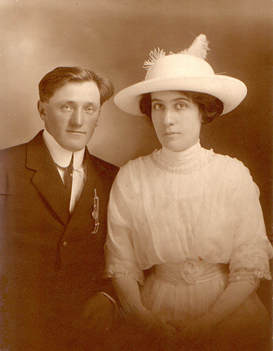
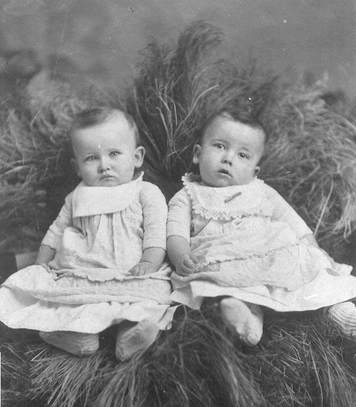
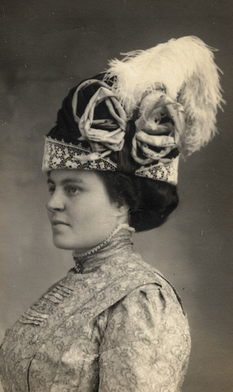
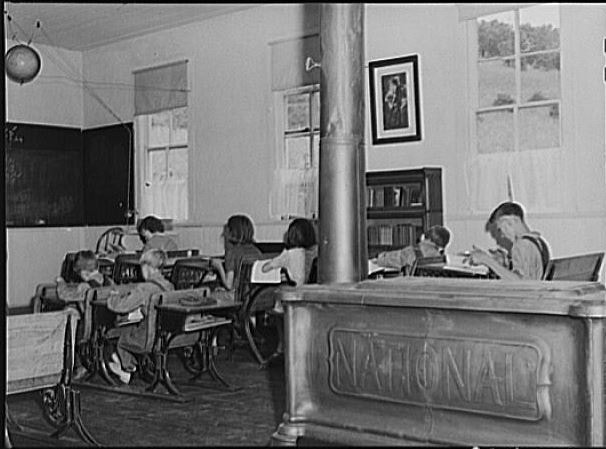
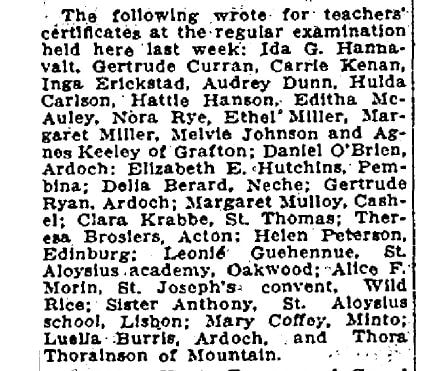
 RSS Feed
RSS Feed